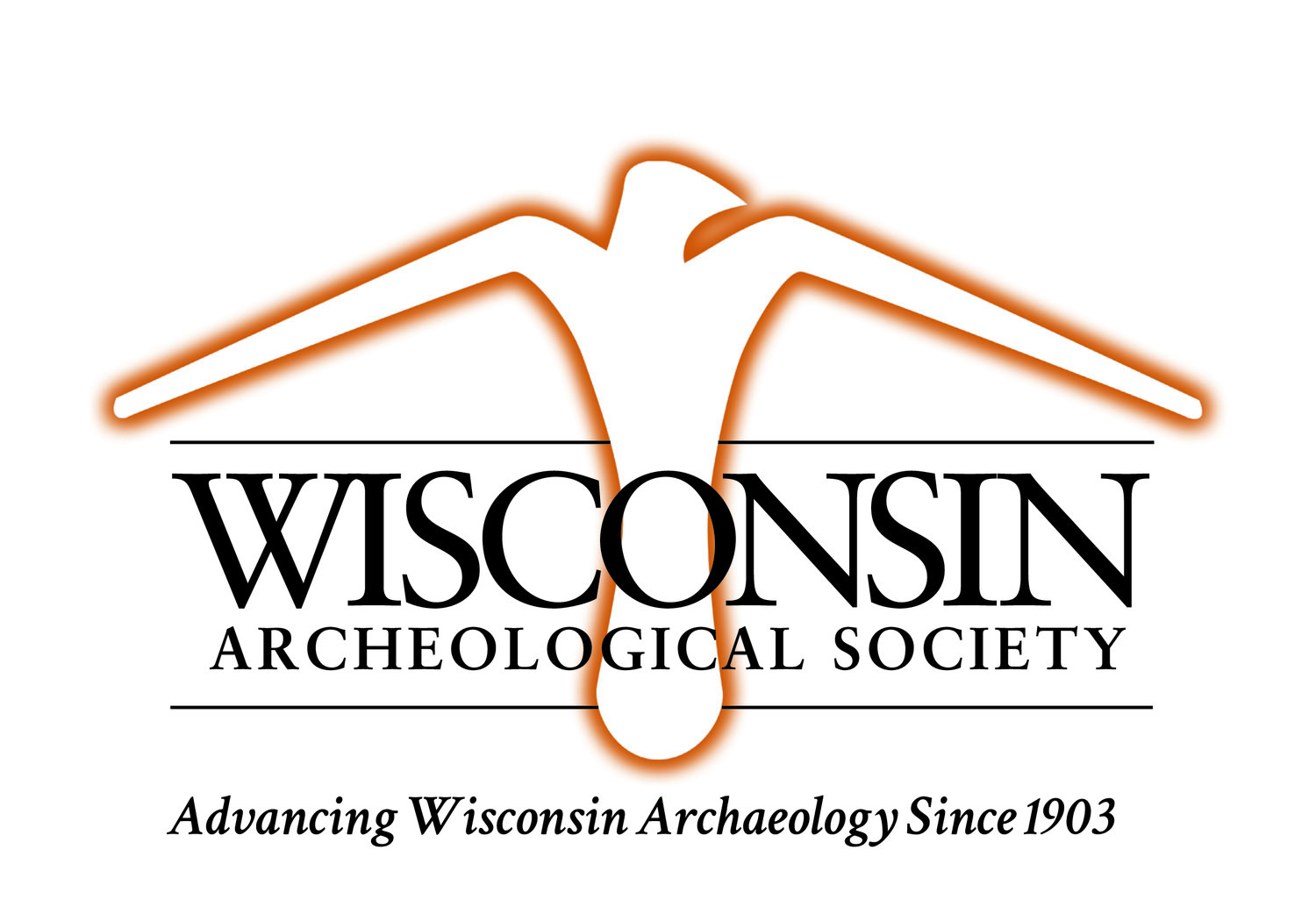New exhibition explores prehistoric and early life in Oshkosh
Dismantling of Wetlands & Waterways exhibit to begin this summer;
People of the Waters expected to open mid-2017
The word for the Fox River in the native language of the Menominee people is Meskwahkiwp Sipiah, meaning “Red Earth River.” For the last two years, the Oshkosh Public Museum has been researching and developing a new long-term exhibition called People of the Waters that enables visitors to discover the region’s rich Native American heritage that spans 10,000 years. The story will be presented in a compelling, state-of-the-art format.
The total cost for People of the Waters is $750,000 and the Museum has about 75% of the necessary funding to complete this important project. Community financial support is needed to reach the final goal to make the new People of the Waters permanent exhibit a reality.
People of the Waters is a full gallery refit, meaning the existing exhibition, Wetlands & Waterways, will be removed from wall to wall. Dismantling of Wetlands & Waterways is set to begin this summer. Working with the award-winning Split Rock Studios of Minnesota, the Clan Committee of the Menominee Nation of Wisconsin, and some of the best, most highly acclaimed content experts in the state, People of the Waters will soon replace this main floor gallery.
Creating a vibrant sense of place that brings the past to life through pioneering techniques, the new exhibit ties directly to the educational goals of Wisconsin Act 31, and it focuses on curriculum points for 4th Grade study of the Ice Age and Native American cultures. Storylines within the exhibit will be broken down into four key areas:
• Journey Through Time: amazing mammal remains from the Pleistocene Era, when great animals walked the earth, see the sweep of how huge ice sheets changed the land from prehistoric times, to today’s landscape, and a 40’ long glass wall showcases artifacts representing the cultural history from about 12,000 years ago up to the 1850s.
• Early People: walk inside a recreated Oneota longhouse to learn about the major cultures of Native settlement in this area, uncover the past in an archaeological dig site, and discover daily activities in Native villages in the natural resource display.
• Travel and Trade: explore how materials and goods from around the world made their way to Oshkosh and discover the history of tribal and European trade, dating back thousands of years.
• Living Cultures: the content is brought into a more recent period, exploring groups like the Oneota, who lived here between 1000 and 1670 and gave rise to modern tribes.
People of the Waters is a cutting-edge exhibition that will be rich in artifacts and include new interactive techniques. It is expected to become an anchor point exhibition for the Fox-Wisconsin Heritage Parkway, and it will be a primary resource for teachers and students from throughout the region. The Oshkosh Public Museum will be unique in that no other similar exhibition exists in Wisconsin.
If you would like to make a charitable gift toward this incredible exhibition, donations are accepted online through the Museum’s website, oshkoshmuseum.org, or checks can be mailed to the Oshkosh Public Museum at 1331 Algoma Boulevard, Oshkosh, WI 54901.
People of the Waters is expected to open mid-2017, pending full funding. For more information about this project or if you are interested in becoming a major sponsor, please contact Director Brad Larson (920.236.5769 or email blarson@ci.oshkosh.wi.us) or Marketing Coordinator Karla Szekeres (920.236.5763 or email kszekeres@ci.oshkosh.wi.us).







